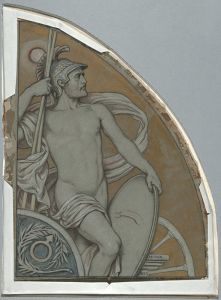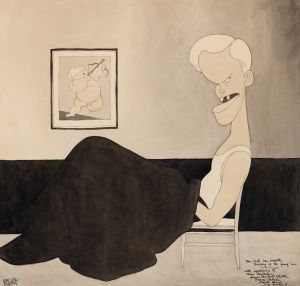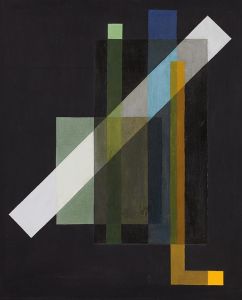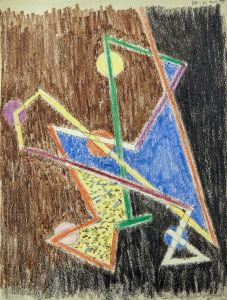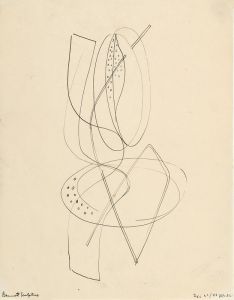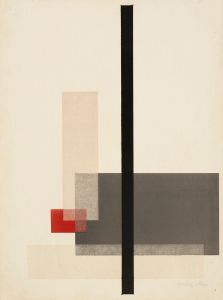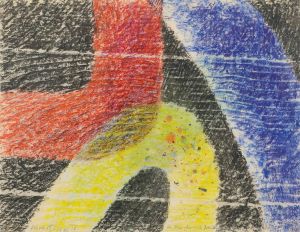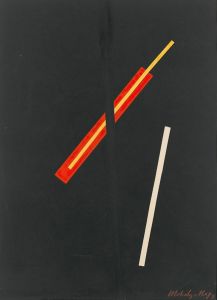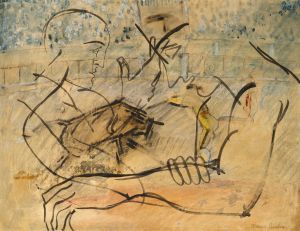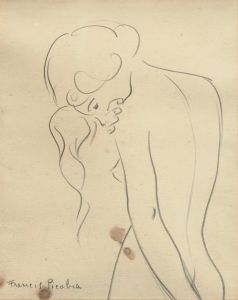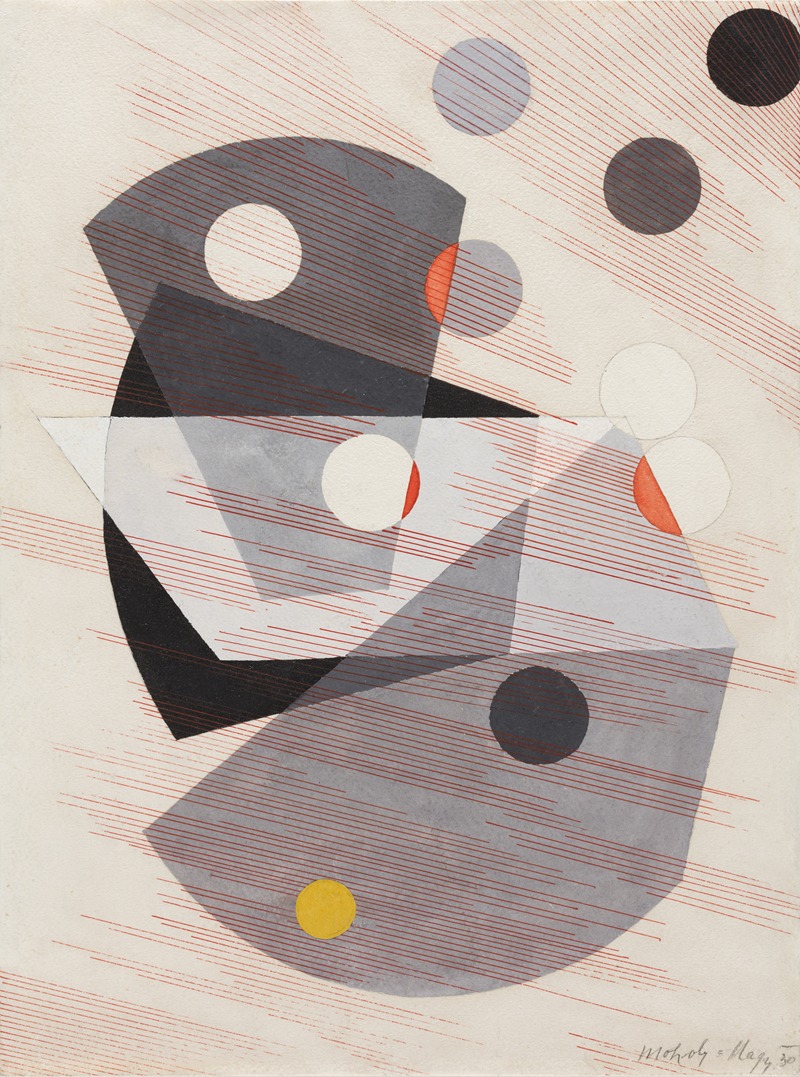
Grey Overlappings
A hand-painted replica of László Moholy-Nagy’s masterpiece Grey Overlappings, meticulously crafted by professional artists to capture the true essence of the original. Each piece is created with museum-quality canvas and rare mineral pigments, carefully painted by experienced artists with delicate brushstrokes and rich, layered colors to perfectly recreate the texture of the original artwork. Unlike machine-printed reproductions, this hand-painted version brings the painting to life, infused with the artist’s emotions and skill in every stroke. Whether for personal collection or home decoration, it instantly elevates the artistic atmosphere of any space.
László Moholy-Nagy's Grey Overlappings is a work that exemplifies the artist's innovative approach to abstraction and his exploration of light, form, and spatial relationships. Moholy-Nagy, a Hungarian artist and influential figure in the Bauhaus movement, was deeply interested in the interplay between transparency, layering, and geometric composition. While specific details about the creation date and medium of Grey Overlappings are not widely documented, the work is often associated with his broader experiments in painting and design during the 1920s and 1930s.
Moholy-Nagy's artistic philosophy was rooted in the idea of integrating art, technology, and modern industrial materials. In Grey Overlappings, this philosophy is evident through the use of overlapping translucent shapes that create a dynamic sense of depth and movement. The painting employs a restrained color palette dominated by shades of gray, which enhances its focus on form and structure rather than representational imagery. This approach aligns with Moholy-Nagy's belief in the potential of abstraction to convey universal ideas and emotions.
The composition of Grey Overlappings reflects Moholy-Nagy's interest in constructivist principles, particularly the use of geometric forms to create a sense of order and harmony. The overlapping shapes in the painting suggest a meticulous arrangement, where each element interacts with the others to form a cohesive whole. This technique also mirrors his experiments with photograms and light-based art, where transparency and layering played a central role in the creation of visual effects.
As a key figure in the Bauhaus school, Moholy-Nagy's work, including Grey Overlappings, had a significant influence on modern art and design. His emphasis on abstraction, combined with his innovative use of materials and techniques, helped to redefine the boundaries of artistic practice in the 20th century. While Grey Overlappings may not be as widely recognized as some of his other works, it remains an important example of his contributions to the development of abstract art.
Due to limited available information about the specific details of Grey Overlappings, such as its exact dimensions, medium, or current location, the painting is best understood within the broader context of Moholy-Nagy's oeuvre and his commitment to exploring new artistic possibilities.





